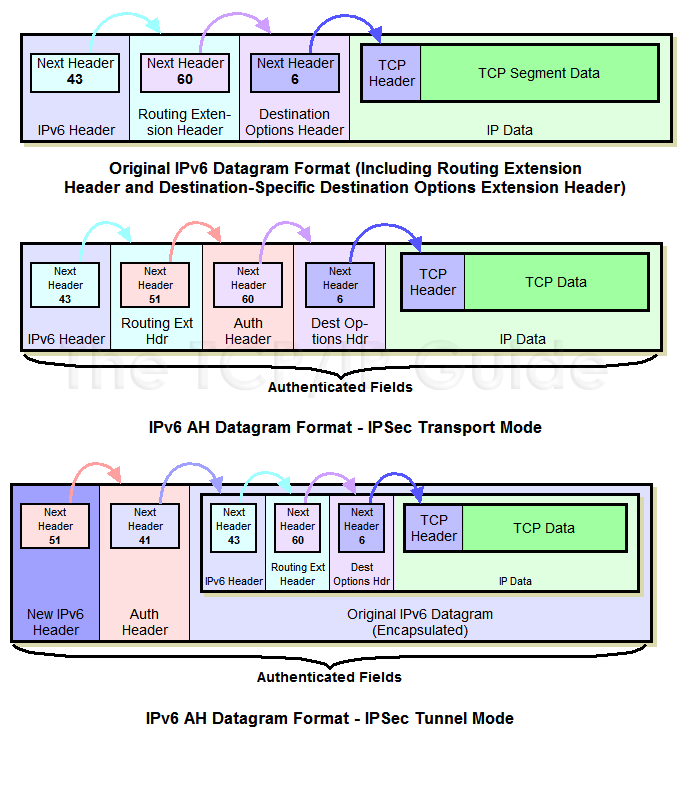 |
|
Please Whitelist This Site?
I know everyone hates ads. But please understand that I am providing premium content for free that takes hundreds of hours of time to research and write. I don't want to go to a pay-only model like some sites, but when more and more people block ads, I end up working for free. And I have a family to support, just like you. :)
If you like The TCP/IP Guide, please consider the download version. It's priced very economically and you can read all of it in a convenient format without ads.
If you want to use this site for free, I'd be grateful if you could add the site to the whitelist for Adblock. To do so, just open the Adblock menu and select "Disable on tcpipguide.com". Or go to the Tools menu and select "Adblock Plus Preferences...". Then click "Add Filter..." at the bottom, and add this string: "@@||tcpipguide.com^$document". Then just click OK.
Thanks for your understanding!
Sincerely, Charles Kozierok
Author and Publisher, The TCP/IP Guide
|
|
|

Custom Search
|
IPSec Authentication Header (AH)
(Page 2 of 4)
Authentication Header Datagram Placement and Linking
The calculation of the authentication header is similar for both IPv4 and IPv6. One difference is in the exact mechanism used for placing the header into the datagram and for linking the headers together. I'll describe IPv6 first since it is simpler, as AH was really designed to fit into IPv6’s mechanism for this.
The AH is inserted into the IP datagram as an extension header, following the normal IPv6 rules for extension header linking. It is linked by the previous header (extension or main) putting into its Next Header field the assigned value for the AH header (51). The AH header then links to the next extension header or the transport layer header using its Next Header field.
In transport mode, the AH is placed into the main IP header and appears before any Destination Options header containing options intended for the final destination, and before an ESP header if present, but after any other extension headers. In tunnel mode, it appears as an extension header of the new IP datagram that encapsulates the original one being tunneled. This is shown graphically in Figure 121.
|
|
| |||||||||||||||||||
Home - Table Of Contents - Contact Us
The TCP/IP Guide (http://www.TCPIPGuide.com)
Version 3.0 - Version Date: September 20, 2005
© Copyright 2001-2005 Charles M. Kozierok. All Rights Reserved.
Not responsible for any loss resulting from the use of this site.







